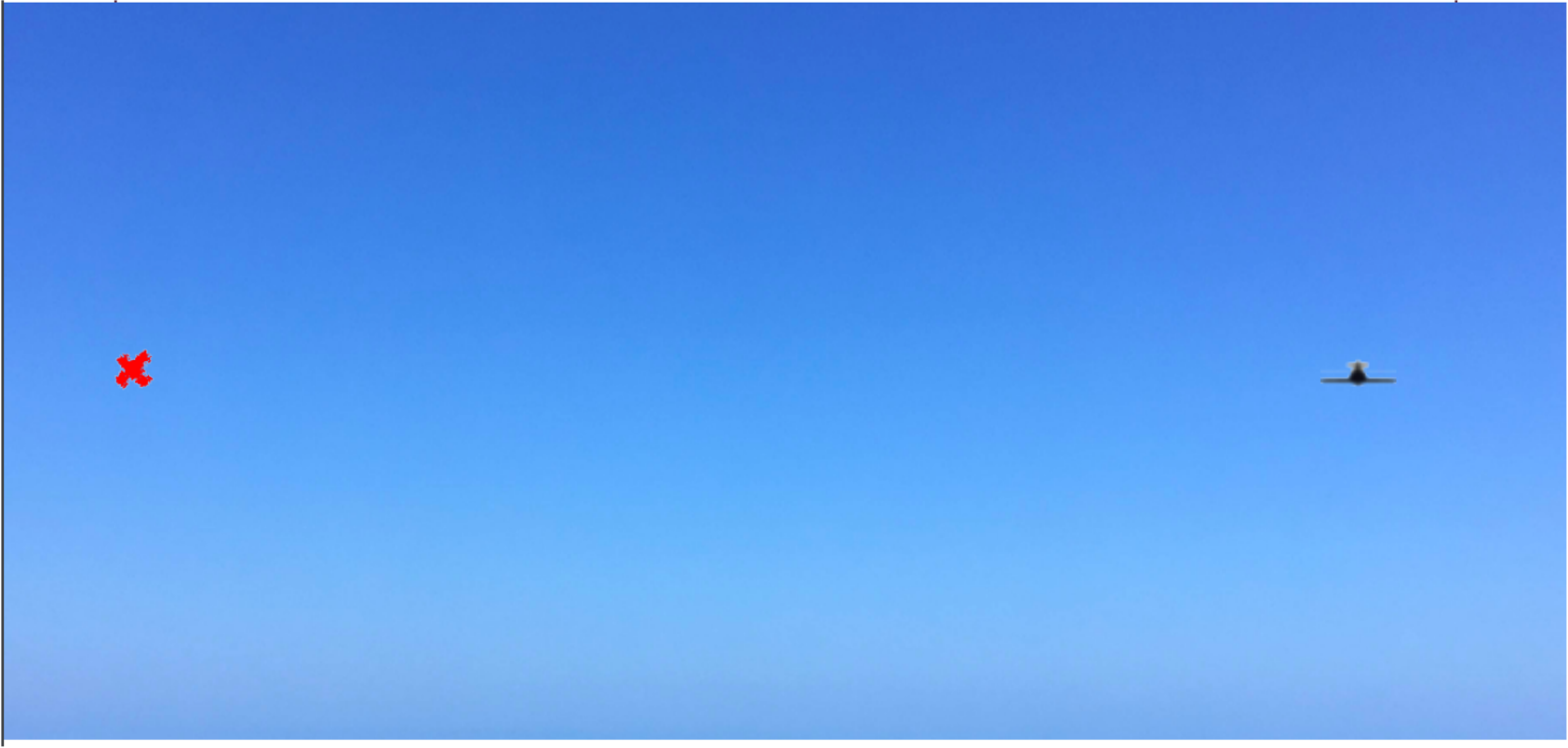
Blind Spots
Of all the senses, vision is the most important for safe flight. Most of the things perceived while flying are visual or heavily supplemented by vision. As remarkable and vital as it is, vision is subject to limitations, such as illusions and blind spots.
The more a pilot understands about the eyes and how they function, the easier it is to use vision effectively and compensate for potential problems. We’ve extracted information from the Pilot’s Handbook of Aeronautical Knowledge and the UK Airprox Board for this article.
Follow the instructions below to test your natural blindspot
Cover your left eye and look at the red cross with your right eye only. The aircraft will disappear, if it doesn’t, move your head slightly closer, or further away from the page until it does. The aircraft is now in the blind spot of your right eye.
Now open your left eye (while still looking at the red cross). The aircraft will re-appear, but not that obviously. The left eye’s field of vision is now making up for the blind spot in the right.
Now, keep looking at the red cross with both eyes open and slowly turn your head to the left (which is in effect the same as glancing to your right without a head movement), the aircraft will disappear again as your nose cuts off the overlapping field of vision from your left eye. This could be quite a small movement if your nose is larger, or your head held slightly chin high.
This latter demonstration shows that when looking to your right, without moving your head, it is possible that an aircraft further to the right is lost in your blind spot even though your field of vision extends well beyond that point.
Moving your head, ideally roughly pointing your nose in the direction you wish to scan, will allow the fellow eye to cover the other’s blind spot. The same is true for the other eye if looking the other way — close your right eye, look at the aircraft with your left and the red cross will disappear.


What can I do about it?
Ensure your eyesight is properly focused in the first place, with clean spectacles and canopies, and your eyes focused in the distance. Only a small, central area of your vision is high definition. The peripheral retina is good at detecting movement, but an aircraft on a collision course, a constant relative bearing, has virtually no movement until the last few seconds.
You must move your head as well as your eyes for an effective lookout. Develop a methodical scan routine, the ‘rule of threes’ (image above) is a good starting point, but the more, smaller saccadic eye movements with moments of pause along your zone of interest the better.
Watch the video below to find out more
Astral Aviation Consulting Ltd. are a UK based consultancy, and are contracted by the CAA to provide a bespoke, targeted safety campaign for the General Aviation community.

